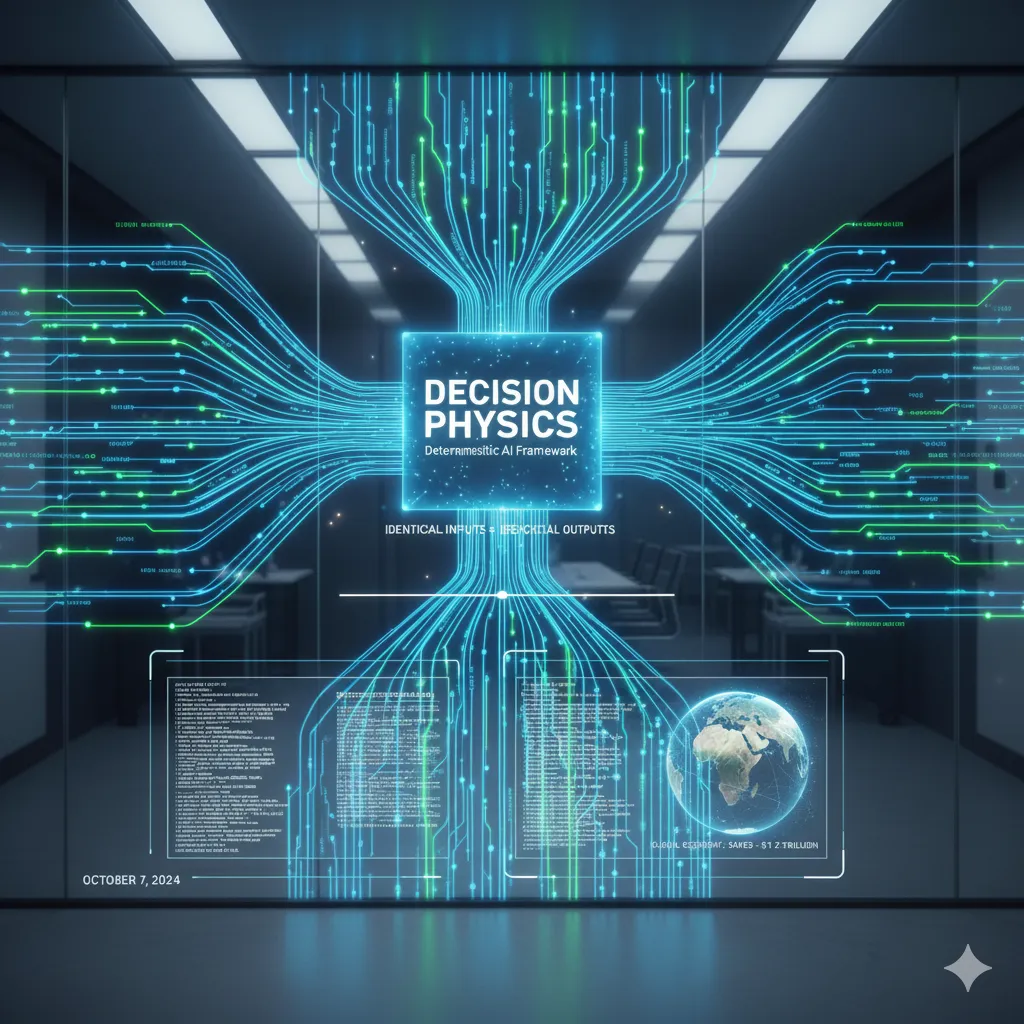AI Breakthrough Promises to End Costly 'Drift' in Machine Learning, Potentially Saving Trillions

In a revelation that could reshape the reliability of artificial intelligence, British innovator Martin Lucas has unveiled the "Decision Physics" framework, a groundbreaking approach designed to eliminate "drift" in AI systems—the frustrating inconsistency where models like ChatGPT deliver varying responses to identical queries. Announced on October 7, this deterministic system replaces probabilistic guesswork with fixed computations, ensuring outputs are always reproducible under the same conditions.
Drift, often called the "30% problem," arises from the random nature of current AI, leading to unreliable results that undermine trust in critical applications from finance to healthcare. A new report estimates this flaw costs the global economy up to $17.2 trillion annually in lost productivity and errors. Lucas, Chief Innovation Officer at Matrix OS and TheaHQ, describes AI as "our new infrastructure," arguing that without stability, its potential remains hobbled.
The framework operates on four core laws: identical inputs yield identical outputs; equivalent queries resolve consistently; every response includes an auditable origin trail; and results persist across model updates. In trials with TheaHQ's Deterministic Build Pack, 1,000 identical prompts produced flawless, verifiable matches, complete with bit-level signatures for transparency.
Experts hail it as transformative. "This could unlock AI for high-stakes decisions where accountability is non-negotiable," said one analyst. Early adopters in defense and government are testing integrations, with broader rollout eyed for 2026.
As AI permeates daily life, Decision Physics stands as a beacon for verifiable intelligence, potentially averting economic catastrophe while fostering innovation.
Comments
No comments yet. Be the first to comment!
Leave a Comment